I brought doodles to life with Deep Image, and it's like having a magic paintbrush
Although it's a magic paintbrush that sometimes makes horrifying images
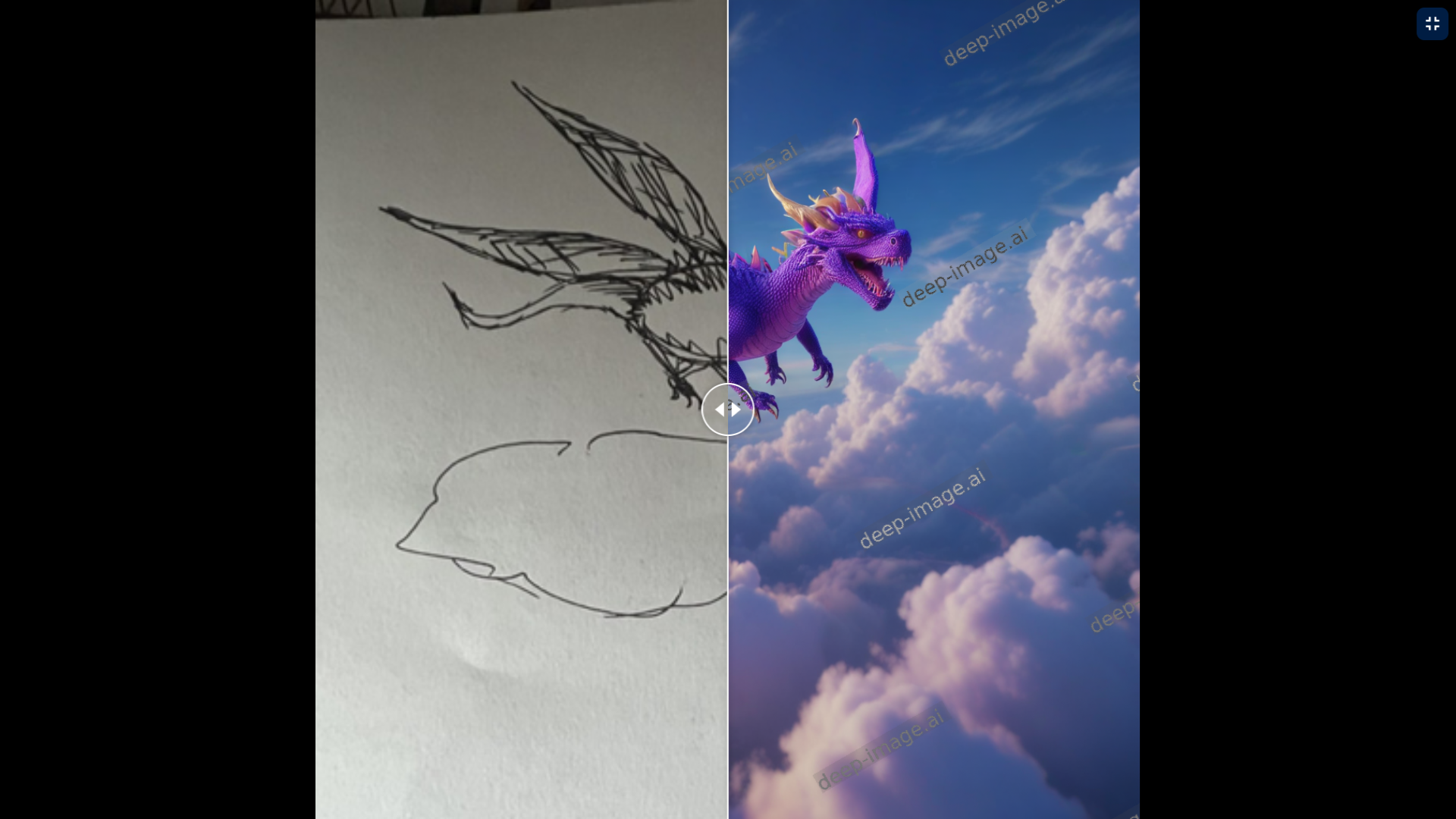
AI image generators can be a lot of fun, but there's something extra fun about one that can transform an existing image. I especially like the ones that transform casual drawings into something far more complex. That's probably because even my best attempts at drawing real-life look surreally abstract at best.
That's why I was keen to play with Deep Image “Drawing to Image” feature. It promises to transform your amateur doodles into full-fledged, AI-rendered art.
Deep Image has a range of tools for upscaling and enhancing images, but their Drawing to Image feature is the one I wanted to experiment with the most. You upload a sketch and describe a little of what it’s supposed to be, and the AI does the rest.
My attempts at even simple doodles were dreadful. So, I asked my artistically talented wife to try a couple of drawings that might have been made by a talented six-year-old. She obliged, and then I set out to test what the AI could do with them.
Boy and dog
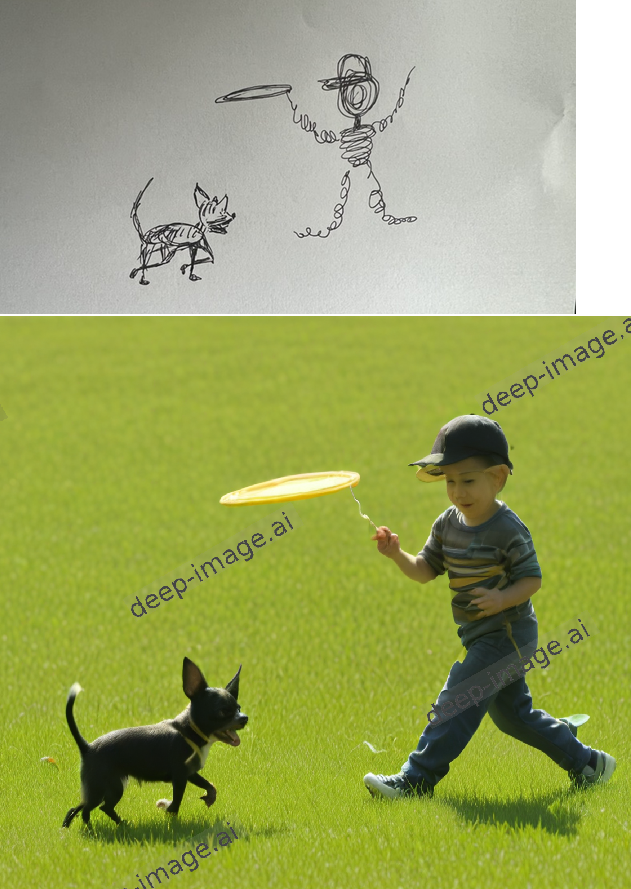
I asked my wife to doodle "a boy and his dog playing frisbee in a meadow." She did a great job with my request for limited lines. The AI result was pretty good. It turned the faceless gingerbread boy into a real kid, wearing the hat and throwing a frisbee-like object to a dog that, oversized head aside, looked like a dog. The meadow looked lovely and fun to hang out in as well.
But, for total transparency, I should say both doodles I tested had some teething trouble. That may have been because of my description and the drawing, of course.
Still, it's worth seeing what the AI's first attempt at making that image looked like. I will preface it by saying it did make me laugh, but only because it felt like a very direct recreation of the drawing without much of an attempt to fit it in the real world.
Get daily insight, inspiration and deals in your inbox
Sign up for breaking news, reviews, opinion, top tech deals, and more.
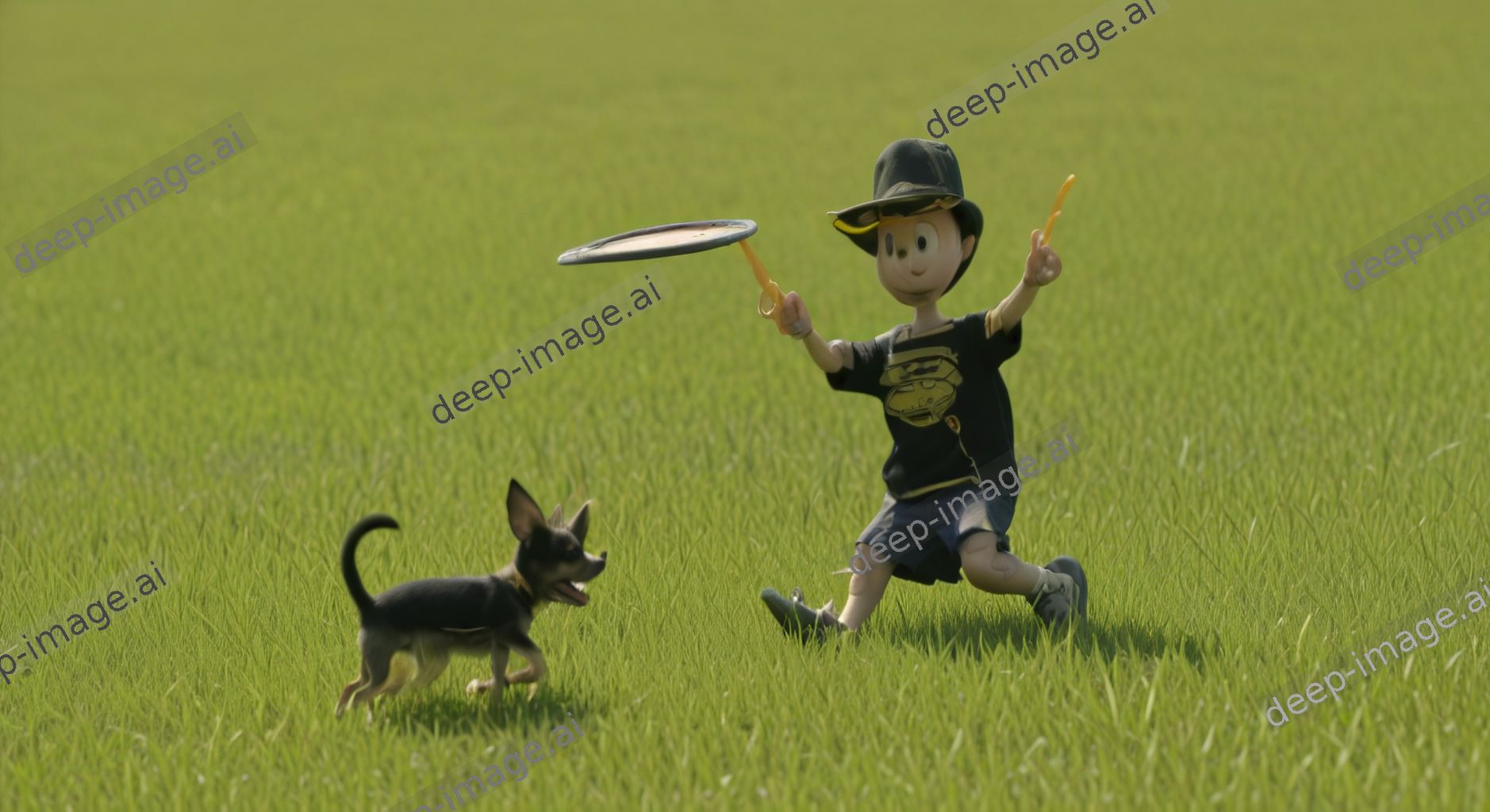
Dragon's flight
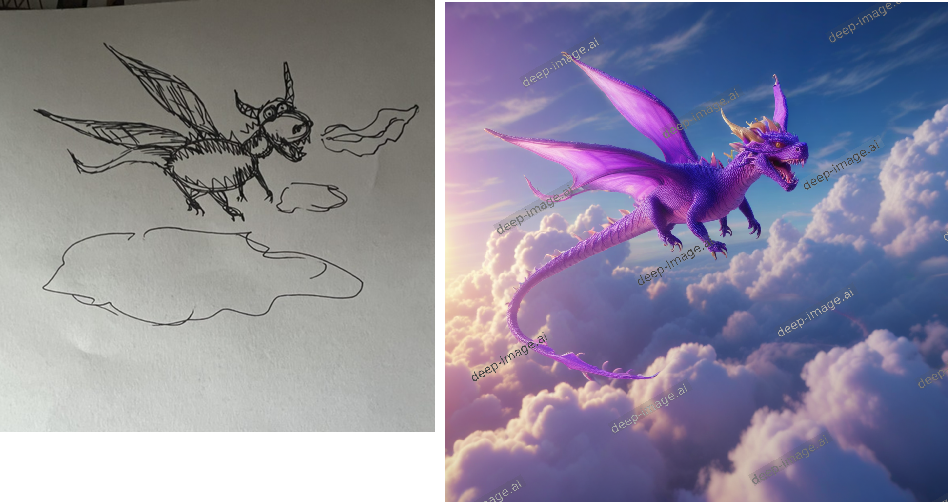
I decided to go fully mythical with the next doodle and asked my wife to draw a dragon flying in the sky among the clouds. When the AI was done with it, I had a magnificent purple beast that looked a little like a Dreamworks animation character. The sky it was flying through was terrific, but the clouds and blue of the sky all made it seem like an animated character imposed on a real photo.
As with the boy and his dog, the wonderful image above came only after I slightly adjusted the wording. Without a bit of detail, the AI seemed to think it was looking at more of a dragonfly with unusual wings crossed with a dragon. The result was the terrifying creature below.
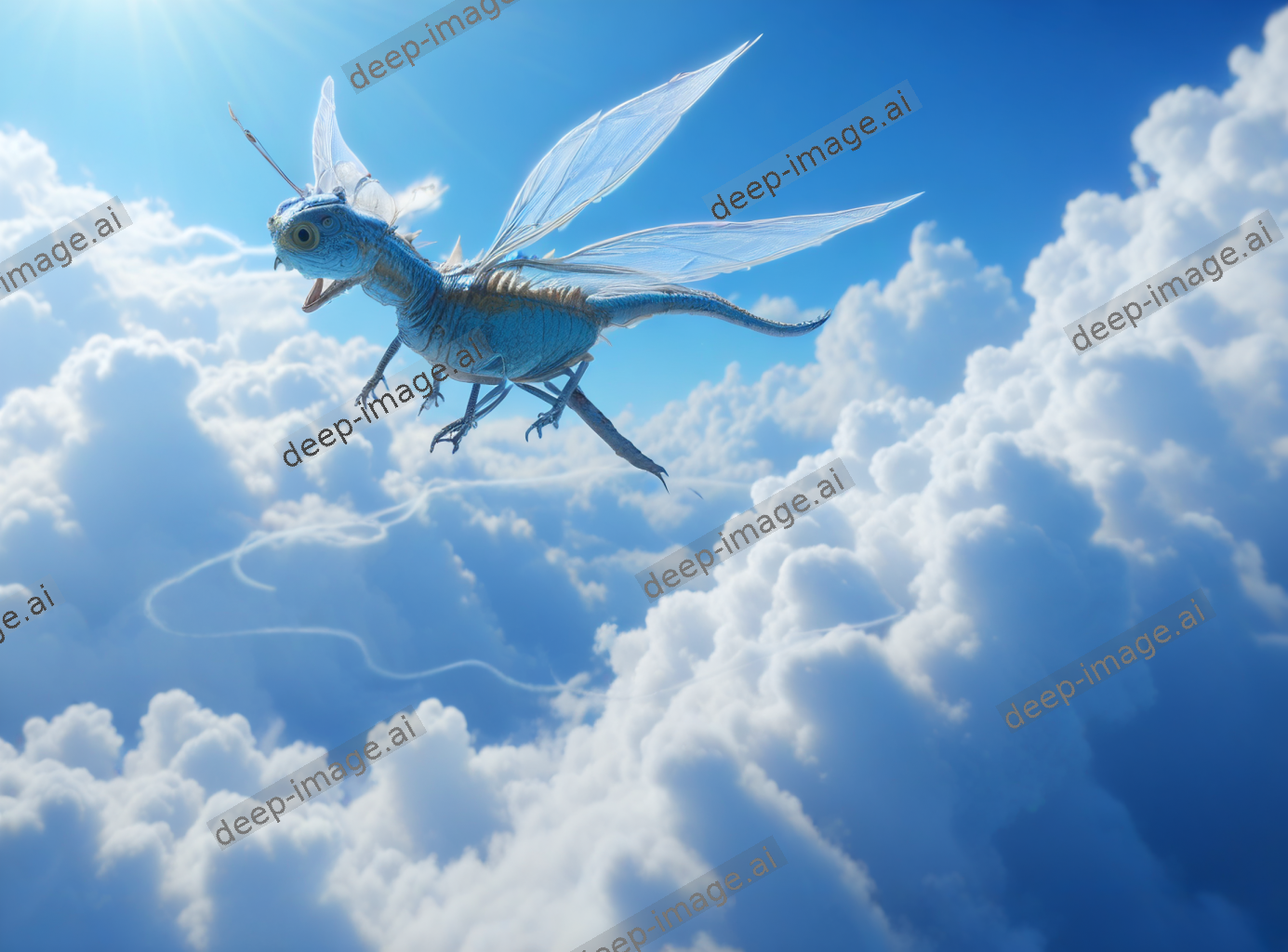
There’s something delightful about watching a machine see a vision far more complex than a few simple lines suggest. It's like sketching for thirty seconds and handing it off to an amazingly talented computer artist.
One who can look at your weird little drawing and say, “I see what you were going for, and I will make it epic.” Then, turn it around in as long as it took you to make the doodle.
It is impressive how vague you can be and still get a good result, though, as shown in the alternate drawings, some specificity helps. The doodles I uploaded were not elaborate. They were fast, simple, one-shot sketches. But because I paired them with a short text prompt, the AI knew where to take it. The text tells the AI what you meant; the sketch tells it where things go.
You still need some basic doodle ability, which is beyond me, but if you can at least get a stick figure's proportions right, you can also bring your doodle to life.
You might also like

Eric Hal Schwartz is a freelance writer for TechRadar with more than 15 years of experience covering the intersection of the world and technology. For the last five years, he served as head writer for Voicebot.ai and was on the leading edge of reporting on generative AI and large language models. He's since become an expert on the products of generative AI models, such as OpenAI’s ChatGPT, Anthropic’s Claude, Google Gemini, and every other synthetic media tool. His experience runs the gamut of media, including print, digital, broadcast, and live events. Now, he's continuing to tell the stories people want and need to hear about the rapidly evolving AI space and its impact on their lives. Eric is based in New York City.
You must confirm your public display name before commenting
Please logout and then login again, you will then be prompted to enter your display name.